In the digital age, customer satisfaction is more important than ever. Customers expect quick responses, personalized experiences, and seamless interactions with brands. To meet these expectations, businesses are turning to innovative IT solutions that enhance customer service, streamline operations, and create memorable experiences. This blog explores how innovative IT solutions can improve customer satisfaction and help businesses build lasting relationships with their clients.
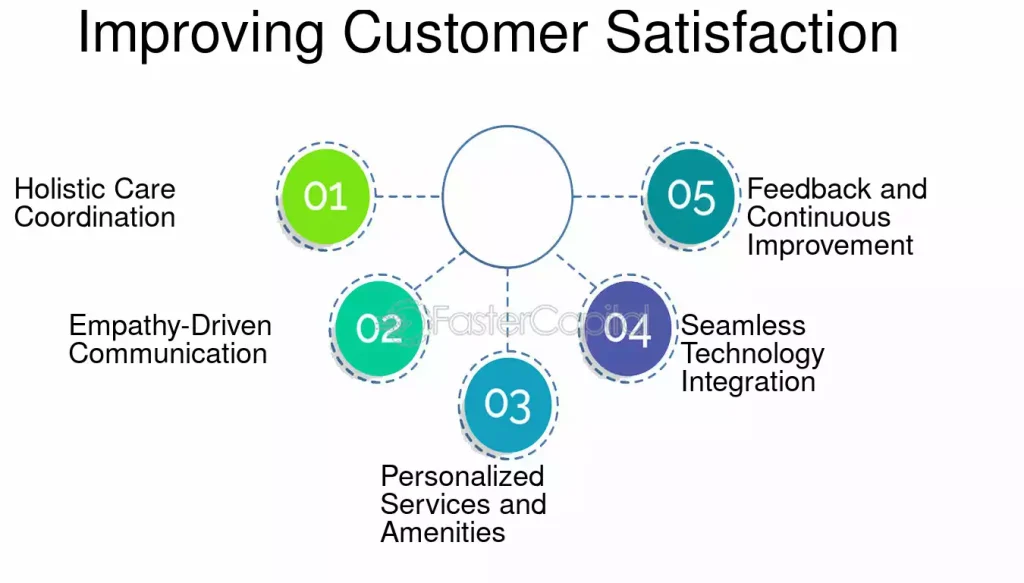
Why Customer Satisfaction Matters
Customer satisfaction goes beyond a single transaction—it’s the foundation of brand loyalty, word-of-mouth referrals, and long-term business success. Satisfied customers are more likely to become repeat buyers, leave positive reviews, and refer friends and family to your brand. In a competitive market, providing an exceptional customer experience through innovative IT solutions can be a powerful differentiator.
IT Solutions That Improve Customer Satisfaction
1. Customer Relationship Management (CRM) Systems
A CRM system is one of the most effective tools for improving customer satisfaction. CRMs help businesses manage customer information, track interactions, and personalize communications. By maintaining a complete view of each customer, businesses can provide timely responses, offer relevant recommendations, and deliver a personalized experience.
Benefits of CRM systems include:
- Enhanced Personalization: CRMs enable personalized interactions based on customer history and preferences.
- Efficient Follow-Ups: Automated reminders and follow-ups improve response times.
- Data-Driven Insights: Businesses can analyze customer data to understand trends, anticipate needs, and optimize strategies.
Popular CRM platforms, such as Salesforce, HubSpot, and Zoho, offer robust features to enhance customer satisfaction and streamline customer management.
2. Artificial Intelligence (AI) and Chatbots
AI-powered chatbots have become essential tools for delivering quick, consistent, and accurate responses to customer inquiries. Available 24/7, chatbots can handle a wide range of queries, from answering FAQs to providing order updates, freeing up human agents to address more complex issues.
Benefits of AI and chatbots include:
- Instant Support: Chatbots can address customer needs in real time, reducing wait times.
- Scalability: Chatbots can handle thousands of queries simultaneously, especially during peak hours.
- Personalized Interactions: AI chatbots can learn customer preferences over time, providing tailored responses and suggestions.
With the growing sophistication of AI, chatbots are becoming smarter and more intuitive, leading to a better customer experience and improved satisfaction.
3. Self-Service Portals
Self-service portals empower customers to resolve issues on their own without waiting for assistance. These portals typically include FAQs, knowledge bases, account management options, and product guides, allowing customers to find answers quickly and conveniently.
Benefits of self-service portals include:
- Reduced Support Load: By offering self-service options, businesses can reduce the volume of support requests.
- Empowered Customers: Customers appreciate the convenience of finding solutions on their own.
- 24/7 Availability: Self-service portals are accessible anytime, providing round-the-clock assistance.
Examples include e-commerce websites with order tracking portals or SaaS companies with comprehensive knowledge bases. A well-organized self-service portal enhances customer satisfaction by making support easily accessible.
4. Omnichannel Support
Omnichannel support allows customers to reach a business through multiple channels—such as phone, email, live chat, social media, and messaging apps—while maintaining a consistent experience. This flexibility improves customer satisfaction by letting customers choose their preferred communication channel.
Benefits of omnichannel support include:
- Consistent Experience: A unified system ensures that customer data is accessible across channels, preventing the need for customers to repeat information.
- Increased Convenience: Customers can seamlessly switch between channels based on their needs and preferences.
- Enhanced Customer Insights: Omnichannel platforms collect data from various touchpoints, helping businesses gain a complete view of the customer journey.
Platforms like Zendesk, Freshdesk, and Intercom provide omnichannel support solutions that keep customer information centralized, ensuring efficient and consistent interactions.
5. Personalized Marketing Automation
Personalized marketing automation uses customer data to send targeted, relevant messages that enhance engagement and satisfaction. By automating marketing efforts, businesses can nurture relationships with customers, offering them products or services based on their behavior and preferences.
Benefits of personalized marketing automation include:
- Relevant Recommendations: Automated systems suggest products based on previous purchases or browsing history.
- Timely Engagement: Marketing automation allows businesses to reach out at optimal times, such as birthdays, anniversaries, or after recent purchases.
- Increased Customer Retention: Personalized marketing makes customers feel valued, increasing their likelihood to stay loyal.
Popular tools like Mailchimp, Klaviyo, and Marketo help automate personalized campaigns, allowing businesses to create meaningful customer experiences without manual intervention.
6. Data Analytics for Customer Insights
Data analytics enables businesses to gather insights into customer preferences, behavior patterns, and feedback, helping them make data-driven decisions to improve satisfaction. By analyzing data from various touchpoints, businesses can understand what works, identify areas for improvement, and tailor their approach to meet customer needs.
Benefits of data analytics include:
- Enhanced Product Offerings: By understanding customer preferences, businesses can refine products or develop new ones that meet market demands.
- Proactive Service Improvements: Data analytics helps identify common pain points, enabling proactive measures to improve customer experience.
- Informed Decision-Making: Businesses can make better decisions about marketing, product launches, and customer service.
Data analytics platforms like Google Analytics, Tableau, and Power BI allow businesses to gather and interpret customer data, providing a foundation for more effective and customer-centric strategies.
7. Mobile Optimization
With more customers shopping and browsing on mobile devices, a mobile-friendly website or app is crucial for a positive customer experience. Mobile optimization ensures that websites load quickly, are easy to navigate, and provide a seamless shopping experience on smartphones and tablets.
Benefits of mobile optimization include:
- Improved Accessibility: Mobile-optimized sites allow customers to interact with your brand anytime, anywhere.
- Enhanced User Experience: A well-designed mobile site is intuitive and user-friendly, reducing frustration.
- Higher Conversions: Mobile-optimized sites tend to have lower bounce rates and higher conversion rates.
To ensure mobile optimization, consider using a responsive design, optimizing images, and streamlining the checkout process for mobile users.
Steps to Implement Innovative IT Solutions for Better Customer Satisfaction
To leverage these IT solutions effectively, follow these steps:
- Identify Customer Pain Points: Determine what customers find frustrating or challenging about their experience with your brand.
- Choose the Right Tools: Based on your goals, select the IT solutions that address specific customer needs.
- Train Your Team: Ensure your employees understand and can effectively use the new technology.
- Monitor and Adjust: Regularly gather feedback and analyze data to optimize the effectiveness of each solution.
- Promote Customer-Centric Culture: Foster a customer-focused mindset within your team to make the most of these tools.
Implementing IT solutions with a clear focus on customer satisfaction will create a more satisfying and consistent experience.
Conclusion: Achieve Greater Customer Satisfaction with Innovative IT Solutions
Incorporating innovative IT solutions into your business can significantly enhance customer satisfaction by providing quicker support, personalized interactions, and seamless service experiences. Whether it’s through CRM systems, AI chatbots, or omnichannel support, these tools enable businesses to meet customer expectations and foster long-term loyalty.
Embracing these technologies is more than just adopting new tools; it’s about reimagining the customer journey with convenience, personalization, and efficiency in mind. By continuously improving and adapting to customer needs, businesses can build a strong reputation, improve retention, and drive growth in today’s competitive landscape.
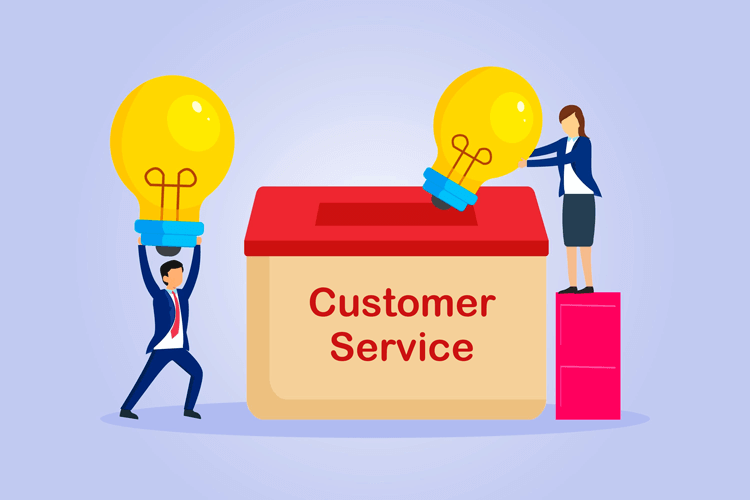

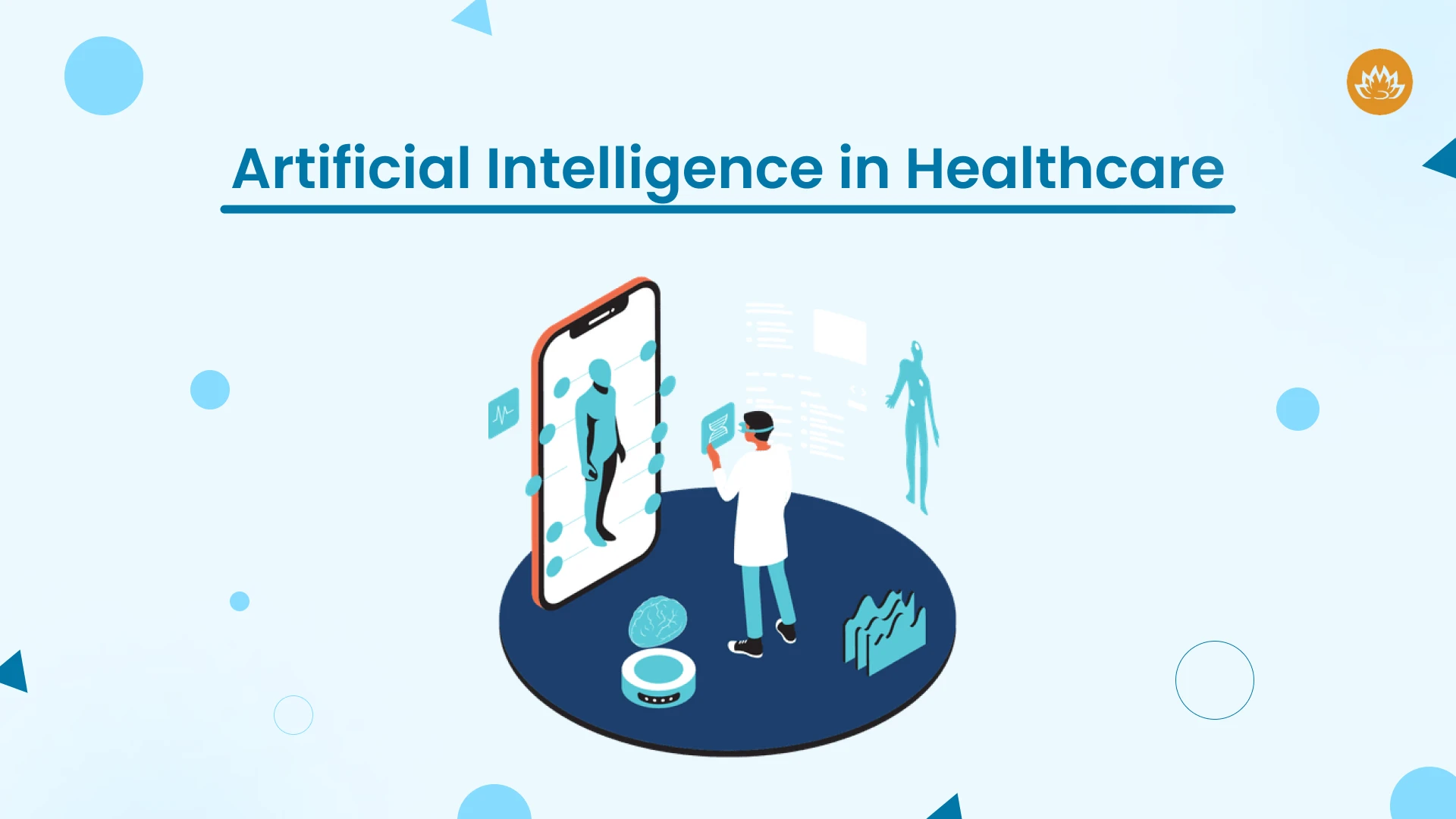
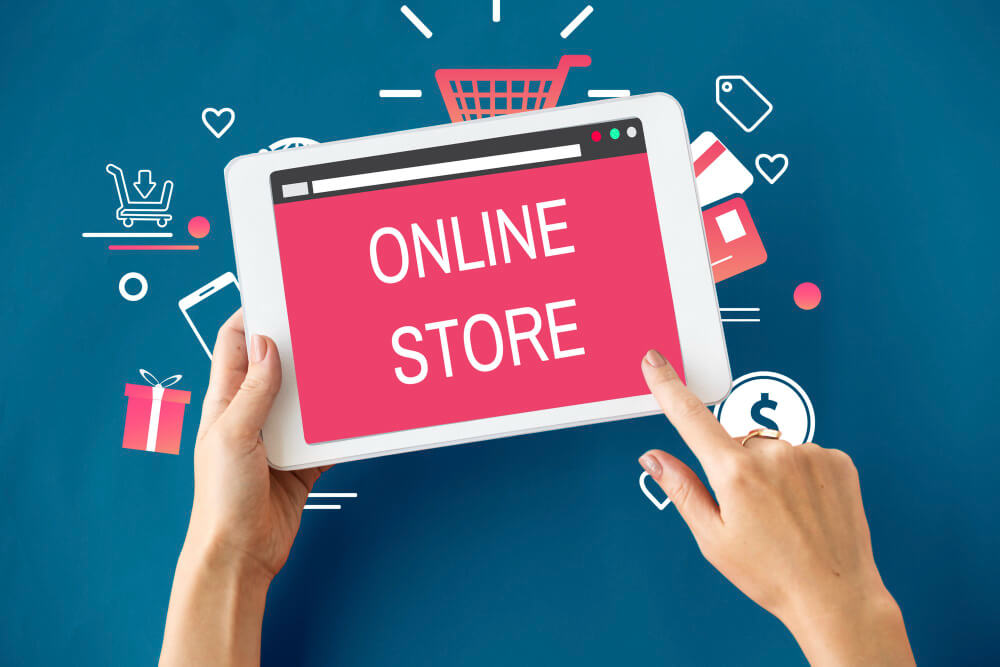
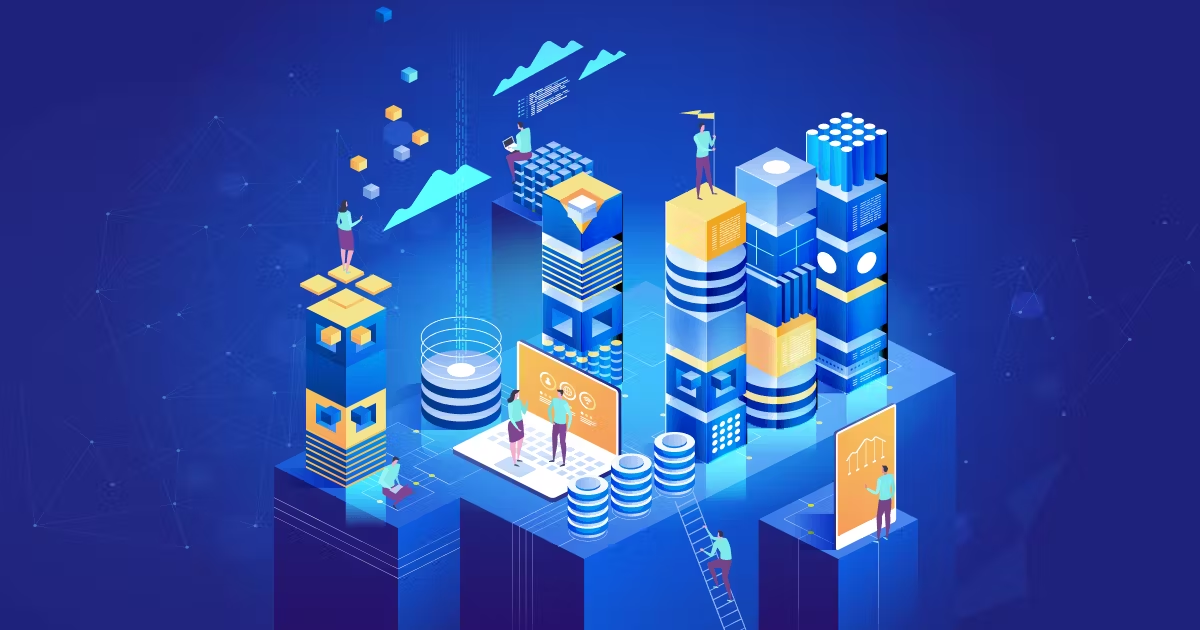
Leave a Reply